Trees of gran canaria: Gran Canaria Info – The Reforestation Of Gran Canaria: Righting A Historical Wrong
Gran Canaria Info – The Reforestation Of Gran Canaria: Righting A Historical Wrong
Gran Canaria’s recent wildfires have highlighted the importance of the island’s forests. Here’s why they are so important and what is being done to replant and maintain them.
The tragic history of Gran Canaria’s vast forests
Before people arrived in Gran Canaria most of the island was covered in over 100,000 hectares of forest. Only the coastal strip and the highest point of the island were free of trees. The island’s original Canarii inhabitants did clear some forest for agriculture but it wasn’t until the Spanish arrived that wholesale deforestation started.
Lowland forests were cleared for farmland, the pine forests were turned into charcoal for fuel and vast areas of forest were chopped down to fuel the island’s sugar cane mills.
Making sugar was a huge industry in Gran Canaria for hundreds of years. It needed a huge supply of wood to boil down sugar cane juice until it because solid sugar. Almost 100,000 hectares of natural vegetation (one hectare is equivalent to a football field) was chopped down to fuel the mills. So much forest was cut down by the 1600s that Gran Canaria had to import wood from Tenerife to keep the sugar industry going.
By 1823 so much had gone that the highlands of Gran Canaria were bare and a plan to cut down the last forests, the Doramas forest around Moya and Monte Lentiscal around Santa Brigida, triggered a popular revolt. Canarian peasants from all over the island took up arms to defend their last green areas. Unfortunately, the revolt was quashed by government militias and the ringleaders executed.
Most of the island’s last forests were chopped down and by the 1950s only 6000 hectares remained, mostly in the far west and in the steepest valleys in other parts of the island. The area around Roque Nublo was completely bare.
Reforestation begins but not always the right way
Reforestation started in the 1950s although large areas were planted with eucalyptus and California pine trees.
This changed thanks to growing awareness about the value of Gran Canaria’s natural ecosystems and public support for regrowing the island’s natural areas. In recent years, reforestaion has acelerated and moved into areas that aren’t pine forest.
Today, up to 20,000 hectares of Gran Canaria is forested, mostly with native pines. At just 20% of the original tree cover, there is a long way to go to restore Gran Canaria’s forests to their former glory.
The five types of Gran Canaria forest
Most Gran Canaria forest is up in the highlands and is mainly Canary pine trees. This remarkable native tree is fire-resistant (it burns but doesn’t die in all but the hottest fires) and even makes its own rain from the mist. Pine forests are the native habitat for Europe’s rarest bird; the Gran Canaria blue chaffinch (only about 300 survive in the wild).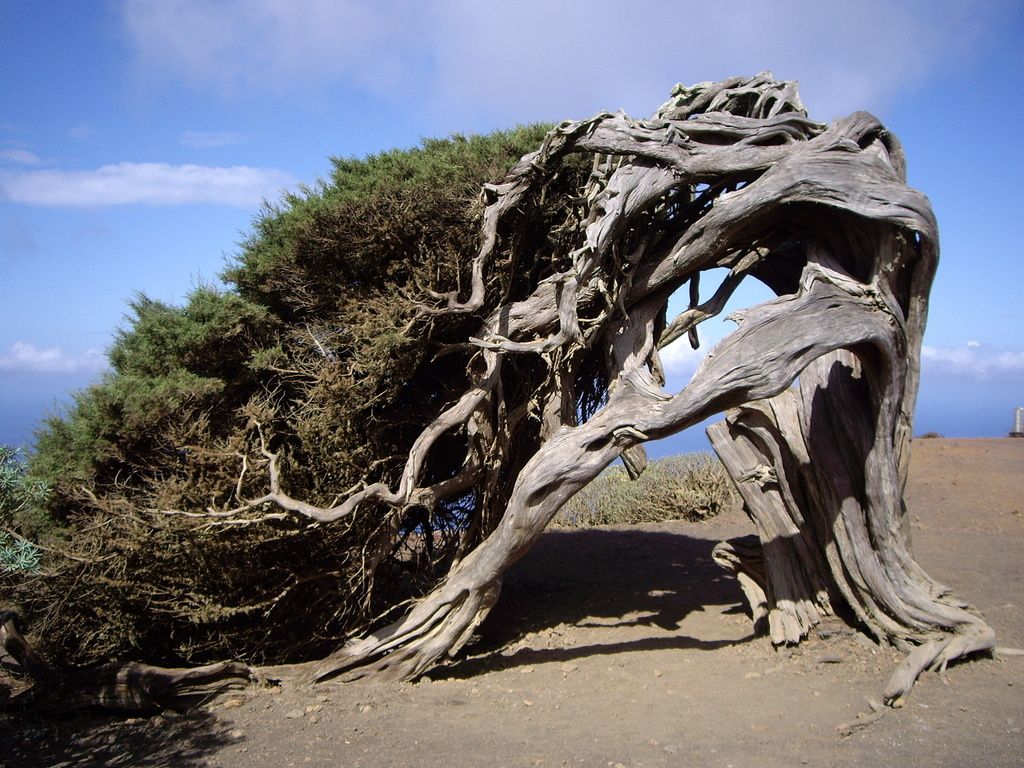
Alex Says: The last time the uninhabited Tamadaba forest burned was back in the 19th Century.
Further down the laurel forest takes over with tall broadleaf trees that don’t lose their leaves in winter. The laurel forests are home to rare native species such as the pink laurel pigeons. Less than 2% of the island’s original laurel forests remain, in areas like Los Tilos de Moya and Osorio. It once grew in a band around the north of Gran Canaria between Teror and Agaete.
Below the laurel forests, tree heath and wax myrtle forests (called fayal-brezal) grew in a dense band. These trees are smaller and denser than laurels and thrive in wetter areas around towns like Moya and Firgas where clouds blow off the sea. The only remaining natural patches of fayal brezal is between Moya and Galdar.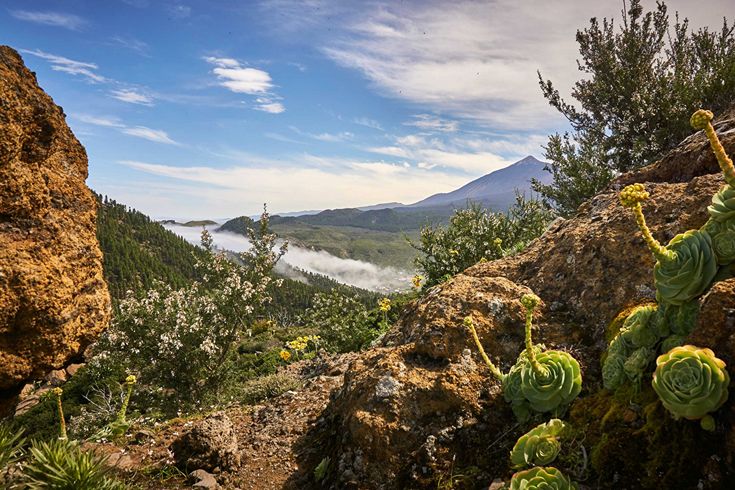
The lowest forests in Gran Canaria are made up of thermophile species such as native olives, dragon trees and mastic and pistacia trees. This is the natural vegetation around places like Santa Brigida, the Jardín Canario, Bandama and the upper parts of the Agaete Valley. Very little of this forest remains in a natural state as it was the easiest to reach and cut down.
The fifth type of forest is palm forest which tends to grow at the bottom of valleys in places like Fataga, Santa Lucia and Temisas. There was once a huge palm forest just south of Las Palmas in the area now called Jinamar and the capital city is named after the palm groves that once grew in Vegueta.
Gran Canaria forests and the risk of fires
Fire is a natural event in Gran Canaria’s forests and native trees species are fire-resistant. Pine and palm trees regrow their leaves after they are burned and Laurel and fayal brezal forests are fire resis¡tant (except during the hottest and driest periods of summer).
However, natural fires are extremely rare in Gran Canaria and almost all forest fires on the island are caused by people; either by accident or deliberately. A tragic number of recent fires were started by arsonists on the hottest days of the year.
A few twisted people have caused a huge amount of damage to the island’s environment!
The decline of Gran Canaria’s rural way of life
Another problem is that Gran Canaria’s rural economy is declining. Most of the island’s food is imported and many young people have moved away from the countryside. Gran Canaria’s rural farmers and shepherds have always been the guardians of Gran Canaria’s forests. By collecting fallen pine needles for animal bedding, clearing scrub from around fields and houses, harvesting fallen trees for firewood and grazing sheep and goats they helped to fireproof the island.
The decline of the rural economy isn’t a problem specific to Gran Canaria. The island’s Emergency Manager Federico Grillo, the man responsible for coordinating much of the heroic fight against the 2019 fire, said as much in a recent press conference; he pointed out that it is a first world problem that is happening all over the western world.
The problem is more severe in Gran Canaria because its rugged terrain and hot, dry summers make it particularly vulnerable to fires.
A scheme to pay Gran Canaria’s rural people to manage the forest had major teething problems due to funding but is likely to start this year. Locals will be paid to collect pine needles and cones (which explode during fires and spread sparks) and to move their sheep and goats in to overgrown areas.
Alex Says: You may think that the solution to preventing forest fires is to stop replanting the forests but this isn’t true. Large areas of forest generate their own microclimate by trapping water from mists and their soils also hold humidity that makes large fires less likely. Forests also make the island wetter and help to protect it from climate change, drought and soil erosion.
Preventing forest fires in Gran Canaria: What can be done?
There is a local saying that summer fires are put out in the winter by managing the forests and clearing dead wood and excess scrub and pine needles.
This job now falls largely on the island’s forestry service and on voluntary actions by charities and government unemployment programs. However, the island is huge and many parts are remote and hard to access.
In 2007 Gran Canaria suffered its first huge forest fire for decades (started by a fire watchman worried that his job was a risk as there hadn’t been a fire for years). It burned over 20,000 hectares of forest and countryside.
In response, the island’s forestry service cut fire breaks through large areas of forest and increased the island’s firefighting infrastructure; training rapid response fire units and investing in fire-fighting helicopters. People living in the countryside are now encouraged to cut firebreaks around their houses and the areas around hill towns are also kept clear of dense vegetation. This likely saved a lot of houses and even towns from fire damage during the 2019 fires.
The lessons from the 2019 fires are not yet clear. It is likely that volunteer teams will be used to keep areas close to roads (excellent firebreaks in their own right) clear of undergrowth and pine needles.
Initial reports suggest that the recent fire started to spread through non-native eucalyptus and California pine plantations and if this is true it may be time to consider replacing them with native species better suited to the terrain.
How to do your bit to protect Gran Canaria’s forests
In the aftermath of the 2019 fires there is a huge groundswell of public feeling both among locals and visitors. Everyone wants to do something to help and many people have. From opening up their homes to evacuees and sheltering lost and displaced animals, to collecting supplies and raising money for those affected by the fire.
The worry is that once the press moves on, people will forget that managing Gran Canaria’s forests is a long term project that requires a lot of effort and manpower.
Tha main way visitors to Gran Canaria can help the island’s countryside is to support the rural economy and keep its traditional management and forestry traditions alive. Minor things like buying local produce such as cheese, honey and wine keep local businesses thriving.
Buying local produce such as fruit and vegetables also contributes to keeping the contryside alive, as does eating in Gran Canaria restaurants that make a point of using local ingredients wherever possible.
Even if you stay in a hotel, you have plenty of consumer power as you can ask for local products.
Foresta: Protecting the future of Gran Canaria’s forests
Another way to support rural Gran Canaria is to get out there and enjoy it using local guides that make a point of supporting the rural way of life. Coach trips are a convenient way of seeing Gran Canaria in a day but they don’t contribute much to the rural economy.
If you want to contribute to the long-term future of the island , one excellent option is to donate to the Fundación Foresta; a Gran Canaria charity dedicated to reforestation, forestry management and education. It’s aim to replant the island’s forests, make sure they are maintained and educate local children about the value of the island’s natural areas.
Reforestation is a complex job in Gran Canaria because the right trees have to planted in each zone and then watered until they are established (at least two years). Then the forests have to be managed and kept clear of excess undergrowth and dead wood to keep them safe from fires. It’s a long-term job that requires a fair amount of money and manpower.
Lex Says: More on reforestation and reducing your Gran Canaria travel impact here.
The Canary Island pine, the most abundant tree in the archipelago. Marca Canaria
Pinus canariensis or Canary Island pine is a conifer endemic to the Canary Islands. Pine forests, large agglomerations of this tree species, occupy 60 % of the entire forest area of the Canary Islands, some 70 000 thousand hectares, making it the most abundant tree on the islands. Moreover, according to a law of the Canary Islands Government, the Canary Island pine is the natural symbol of the island of La Palma.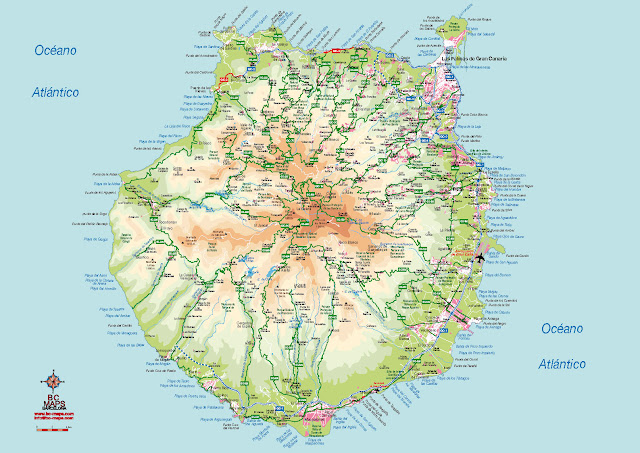
Distribution of the Canary Island pine among the different islands
This tree is found in the higher areas of the islands, especially in the westernmost islands, between 400 m as the lower limit on the southern slopes and 2 000 m maximum altitude on the western islands.
The main pine forests are on the islands of Gran Canaria, Tenerife, La Palma and El Hierro. Of particular note are the pine forests of Tamadaba, Pajonales and Inagua on Gran Canaria; those of the Caldera de Taburiente and the peaks of the south and north of the island of La Palma; those of Vilaflor, La Esperanza and Icod on Tenerife; and El Pinar on El Hierro.
On La Gomera there are scattered cases, as the common flora on this island is the laurel forest, and those that can be seen on the islands of Fuerteventura and Lanzarote are all cultivated, although there is evidence of their presence in the past.
Historical distribution
During the Tertiary it was widespread in Europe along the coasts of the Tethys, an ocean of the Mesozoic era, where no three needle pine (a distinguishing feature of this tree) reached the Quaternary period, except for the Canary Island pine. This lasted on the continent until the end of the Neogene, as has been demonstrated by various fossils. The arrival of the pine in the Canary Islands is thought to have been brought by birds, which transported the seeds to the islands.
Description of this tree
The Canary Island pine is a tree that generally measures between 15 and 25 metres in height and its trunk is approximately one metre in diameter, although an adult pine can reach over 60 metres in height and its trunk can be two and a half metres in diameter. Among the tallest pine trees in the Canary Islands is Las Dos Pernadas in Vilaflor, Tenerife, which reaches 56 metres.
They are fast-growing trees and in a few decades they can reach a height of more than 10 metres. Their main root is strong and this allows them to grow in any type of soil.
The main difference between the Canary Island pine and other species of the same genus is its leaves. These are in the shape of thin, flexible, light green needles, arranged in threes and measuring some 20 to 30 centimetres.
Its trunk is straight and cylindrical, covered with thick, brownish grey to reddish bark. In young specimens it is almost smooth, but as the tree ages it thickens and cracks.
The crown of the pine is conical, but in older specimens it can vary and resemble the shape of an umbrella. Flowering takes place between March and April. In spring, the male flowers expel pollen and the female flowers are green cones that turn brown when ripe.
In addition, the Canary Island pine has a unique characteristic, which is that it is resistant to fire. This peculiarity is due to the thickness of the bark combined with the trunk’s ability to flower. The pine resprouts again even when it has lost all its leaves and branches.
Use of your wood
The wood of the pine tree, tea, has been used since ancient times to build everything from weapons and tools to boats and houses, and has even been used as fuel. In addition, the first inhabitants of the islands used pine needles, i.e. the dried leaves of the pine tree, as stuffing and pine nuts as food.
Of course, one of the main values of this species is forestry. It is a type of tree suitable for reforestation, given its great capacity to adapt to any type of terrain and its resistance.
If you would like to know more about the flora and fauna of the Canary Islands, the following links may be of interest: Native animals of the Canary Islands and where to find them or National Parks of the Canary Islands, wonders of nature.
Paula Vera
Photos: holaislascanarias.com, en.wikipedia.org, pinterest.es, Gobierno de Canarias.
Plant life in Gran Canaria
The Canary Islands are particularly proud of their almost 2000 different plant species, about 700 of which are endemic. Many of these species are perhaps familiar only to those who are fond of flora and fauna, but each of the guests who come here will certainly appreciate their beautiful forms and bright colors that can be seen all over the island.
In the mountainous areas, at an altitude of over 1000 meters, you will find Canarian pine (Pinus canariensis), which can grow up to 60 meters in height. It is a large evergreen tree with a resinous bark that allows it to withstand wildfires and live for hundreds of years.
One of the most common plants found in laurel forests is Canarian holly (Ilex canariensis) an evergreen tree also known as small-leaved holly. Its bark is believed to have healing properties.
Another native plant – Canary spurge (Euphorbia canariensis), cactus-like tree with long, thin branches and reddish green flowers. On a dry and rocky landscape grows bruise (Echium decaisnei), a native variety of borage with xiphoid leaves and tiny white flowers. Many of the coastal basalt cliffs are covered with another characteristic native plant, Astydamia latifolia (Astydamia latifolia), which blooms in early spring. Ornamental spurge (Euphorbia Balsamifera) is found mainly in semi-desert areas. nine0003
These are just a few examples of local plants that grow in abundance in the favorable microclimates of different parts of the island. In addition to endemic species, you will find countless plants imported from all over the world: they grow in the Viera y Clavijo Botanical Garden (in Tafira, near Las Palmas) and in the Cactualdea Park (a cactus park located in San Nicolás de Tolentino).
A walk along the almond blossom path in Gran Canaria: diman7777 — LiveJournal
At the beginning of February of this year, I happened to fly to the Canarian island of Gran Canaria for a week. I would like to see almond blossom 🙂 The spectacle, of course, is beautiful! It’s spring here in February! I had a chance to go along different walking routes and I’ll tell you about one of these walks with photos under the cut.
01. We lived in a rented apartment near the airport:) We drive along picturesque roads to the center of the island. nine0035
02. Almond blossoms along the road. The beauty!
03. We arrived at a parking lot near the famous place Roque Nublo, I already talked about it here, we leave the car there and go for a walk along this path 🙂
04.
05. East wind from the Sahara brought dust, this phenomenon is called “Kalima” here.
06. Almond trees are visible among the Canary pines.
07. The nature of Gran Canaria simply fascinates with its beauty! nine0035
08. Here come the almonds 🙂
09. The almond flowers give off a faint smell, they can’t be compared with an apple tree 🙂
10. The path has become more picturesque.
11.
12. Cacti grow in a bunch 🙂
13. The island pleases with different flowers.
14.
15. Mountains, forests, canaries, flowers… The world is beautiful, you just need to stop from the endless hustle and bustle and look around!
16.
17.
18.
19. A whole forest of flowering almonds.
20.
21.
22. Canaries sing throughout the forest.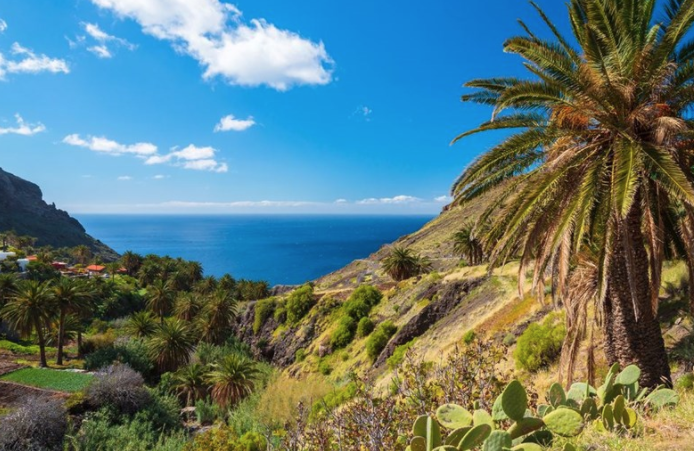
23.
24.
25.
26. There are nuts on the almond branches from last year, they can be broken and using a stone, split and taste 🙂
27.
28.
29. We went to the village of Ayacata.
30. We had a bite to eat near a small church, rested and went back.
31. Almost three kilometers back uphill to the place where we left our car.
32.
33. In August you can come for almonds 🙂
34.
35.
36. Oh, beauty! February is a great time of the year in Gran Canaria.
37.
38.
39. The scale of the island is amazing.
40.
41. The houses of the village of Ayacata are scattered along the road.
42.
43. We climbed higher – nature changed.
44. Nice view of Roque Nublo. We didn’t go to him this time, it’s time to go home.


 The city averages just 1 day this month when the thermometer …
The city averages just 1 day this month when the thermometer …
 50. But a third was in line with traditional areas – €6.90. In Costa Adeje they were €12. In Los Gigantes it was €7 and €8, whilst in Puerto de la Cruz it was €7.50. I’d say just under €7 was average for good gambas al ajillo.
50. But a third was in line with traditional areas – €6.90. In Costa Adeje they were €12. In Los Gigantes it was €7 and €8, whilst in Puerto de la Cruz it was €7.50. I’d say just under €7 was average for good gambas al ajillo. In Santa Cruz it was €10; in Los Cristianos €17.20; in Costa Adeje €17.50 and €20; in Los Gigantes €9.75; in Puerto de la Cruz €8.50.
In Santa Cruz it was €10; in Los Cristianos €17.20; in Costa Adeje €17.50 and €20; in Los Gigantes €9.75; in Puerto de la Cruz €8.50. In Los Gigantes prices ranged from €7 to €12.70. In Puerto de la Cruz it was €9.50 and €10.75.
In Los Gigantes prices ranged from €7 to €12.70. In Puerto de la Cruz it was €9.50 and €10.75. In a way, the restaurants where prices are higher than the average found in traditional parts are only responding to market forces. Call a place upmarket and you can hike the prices to match the tag. Many visitors who don’t know what prices are elsewhere still consider their meals to be good value, as illustrated by the example used at the start. Ultimately, that’s the important thing… if you’re on holiday. If you’re not, or are use to prices in traditional parts, then it’s a different matter altogether.
In a way, the restaurants where prices are higher than the average found in traditional parts are only responding to market forces. Call a place upmarket and you can hike the prices to match the tag. Many visitors who don’t know what prices are elsewhere still consider their meals to be good value, as illustrated by the example used at the start. Ultimately, that’s the important thing… if you’re on holiday. If you’re not, or are use to prices in traditional parts, then it’s a different matter altogether.

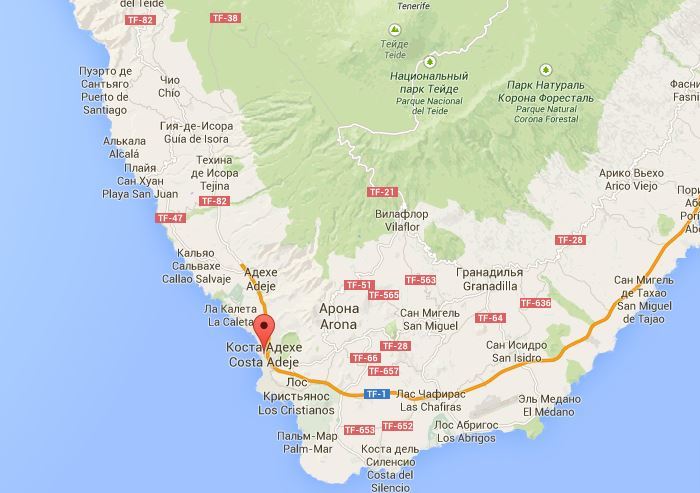
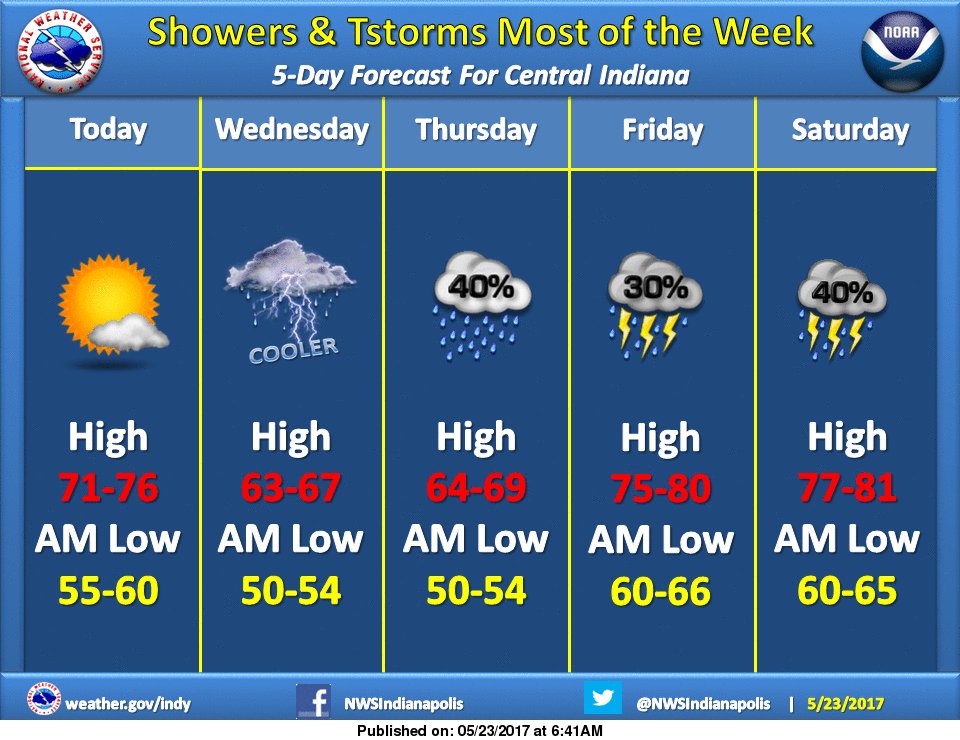 metcheck.com › WEATHER › 180days › zipc…
metcheck.com › WEATHER › 180days › zipc…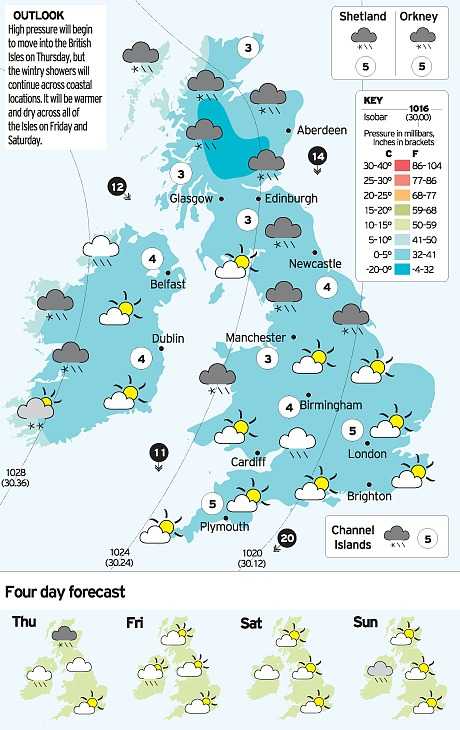 59°
59°
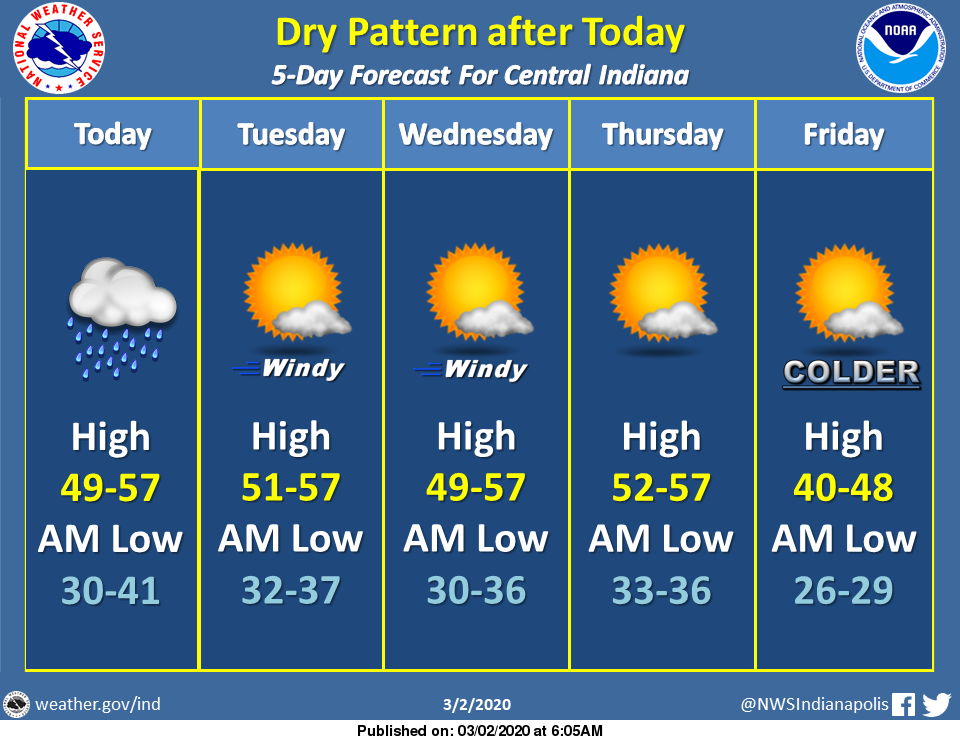
 If you feel like walking, you can also visit the most eastern points of the island to see the famous Tabarca lighthouse.
If you feel like walking, you can also visit the most eastern points of the island to see the famous Tabarca lighthouse.
 Show the voucher on your phone.
Show the voucher on your phone.








 ..
..  From the island of Tabarca they return to Alicante at 16:30 and 18:00, you can board any catamaran, regardless of what time you arrived on the island. nine0003
From the island of Tabarca they return to Alicante at 16:30 and 18:00, you can board any catamaran, regardless of what time you arrived on the island. nine0003  Approaching the island, the catamaran slows down, at this time throw pieces of bread into the sea and in an instant there will be a lot of fish of various shapes, sizes and colors at the side, and your bread will disappear before our eyes. nine0003
Approaching the island, the catamaran slows down, at this time throw pieces of bread into the sea and in an instant there will be a lot of fish of various shapes, sizes and colors at the side, and your bread will disappear before our eyes. nine0003 

 80 for children
80 for children It is the seat of the oldest university in Tenerife, and its university atmosphere can be felt in the streets, especially at night.
It is the seat of the oldest university in Tenerife, and its university atmosphere can be felt in the streets, especially at night.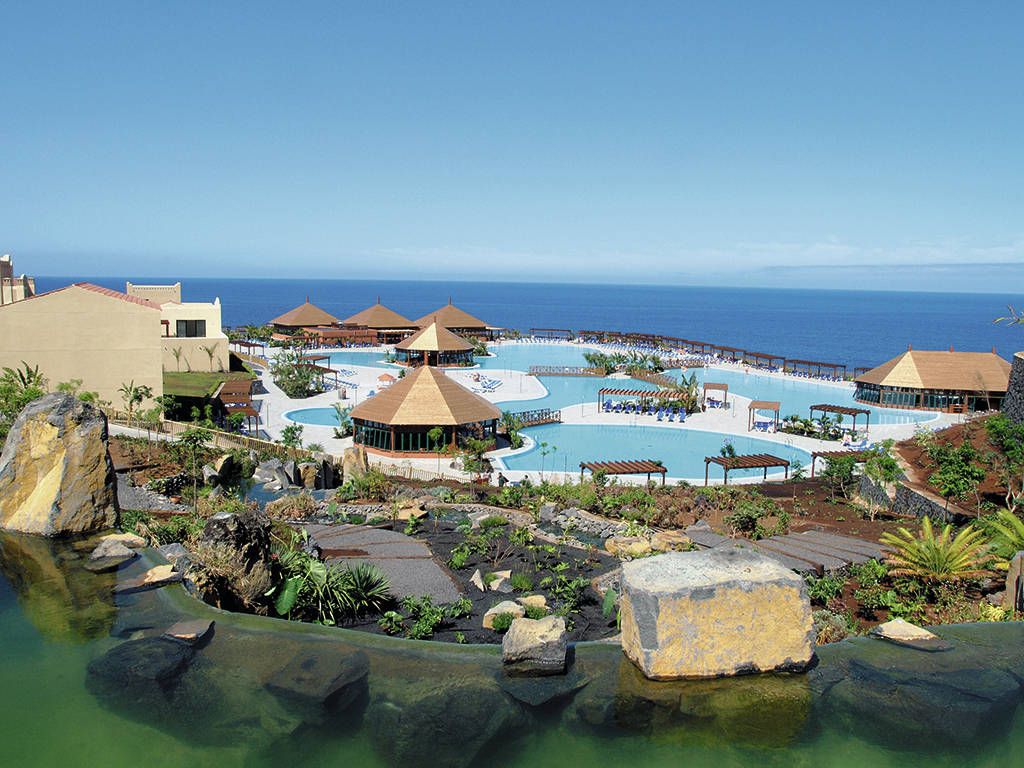
 I won’t be the one to argue with that. Of course, the Aquarium area and the Antarctic habitat, where you can see penguins, is something that always surprises me.
I won’t be the one to argue with that. Of course, the Aquarium area and the Antarctic habitat, where you can see penguins, is something that always surprises me.

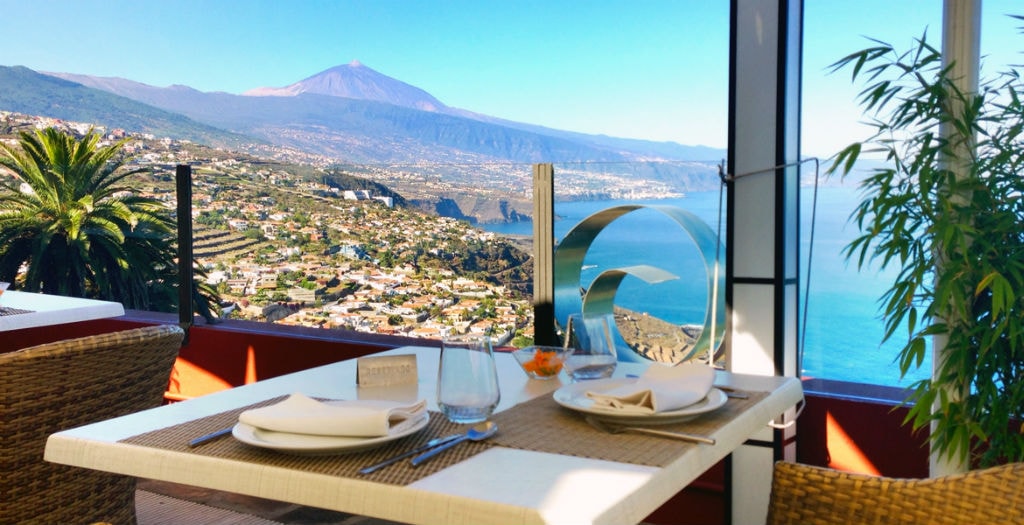 The largest Canary island is Tenerife, ideal for a short-haul break with the lowest temperature difference between summer and winter in the world. Nature lovers will delight over the lunar-like landscapes created from volcanic descent, while sun-seekers can discover endless beaches with both white and black sand – locations for many famous films over the years. With a plethora of activities for everyone, read on to find out our favourite things to do in Tenerife.
The largest Canary island is Tenerife, ideal for a short-haul break with the lowest temperature difference between summer and winter in the world. Nature lovers will delight over the lunar-like landscapes created from volcanic descent, while sun-seekers can discover endless beaches with both white and black sand – locations for many famous films over the years. With a plethora of activities for everyone, read on to find out our favourite things to do in Tenerife.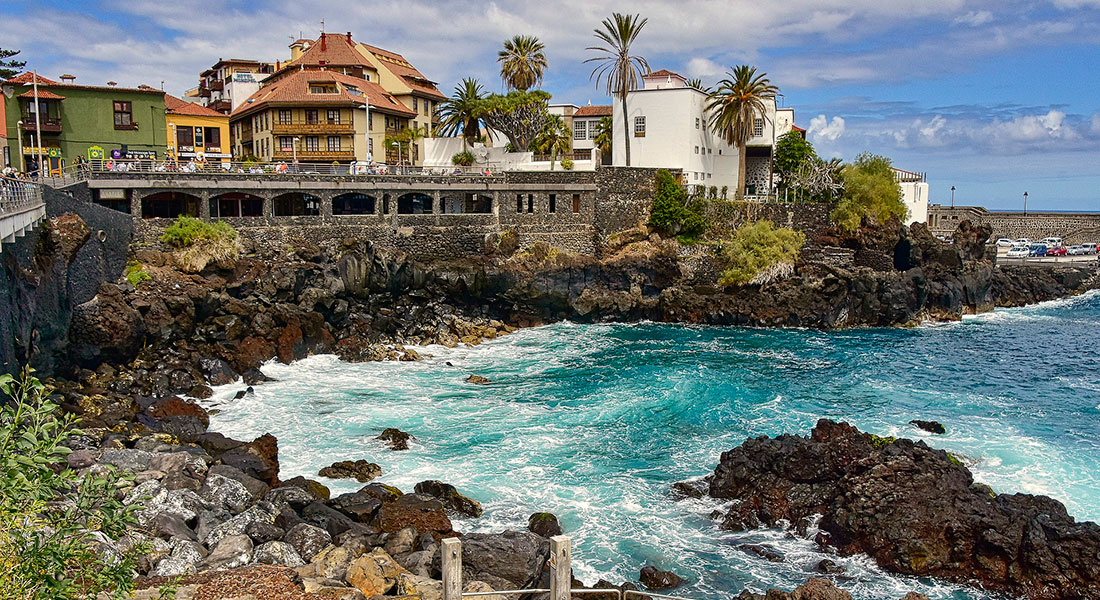 A lot of the best things to do in Tenerife can be found at Teide!
A lot of the best things to do in Tenerife can be found at Teide!
 If you’re a beach buff, a visit to Playa de Las Teresitas must be on your list of things to do in Tenerife, as it is considered one of the island’s most beautiful spots.
If you’re a beach buff, a visit to Playa de Las Teresitas must be on your list of things to do in Tenerife, as it is considered one of the island’s most beautiful spots. From Masca you also get spectacular views of La Gomera, one of the neighbouring Canary Islands. Fancy a hike when you arrive? Set off from the village on a trail of around seven kilometres until you reach the rocky beach below, where you can reward yourself with a swim!
From Masca you also get spectacular views of La Gomera, one of the neighbouring Canary Islands. Fancy a hike when you arrive? Set off from the village on a trail of around seven kilometres until you reach the rocky beach below, where you can reward yourself with a swim! Even in the middle of the warmest season it is always cool here. Therefore, a seaside vacation in July is the most favorable time. The air on the coast of the North Sea warms up to + 22 °С, and water up to + 17 °С. The sandy beaches of this country are comfortable and small. On weekends, they become crowded, because the locals like to spend their leisure time here.
Even in the middle of the warmest season it is always cool here. Therefore, a seaside vacation in July is the most favorable time. The air on the coast of the North Sea warms up to + 22 °С, and water up to + 17 °С. The sandy beaches of this country are comfortable and small. On weekends, they become crowded, because the locals like to spend their leisure time here. 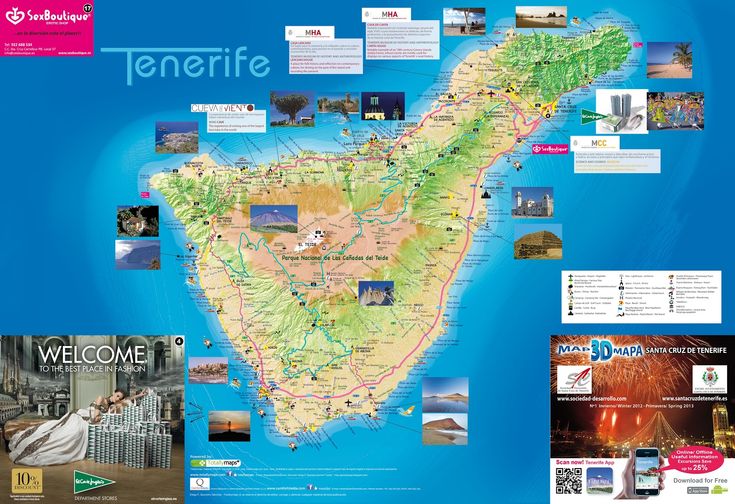 On this island you can see the 60-meter surge of water from the Geysir geyser and at sunset – the Golden Falls. And yet – thermal springs and active volcanoes. The best time to visit Iceland is summer, when the air warms up to the maximum, and the thermometer is around +15 °C. This is a beautiful country where you can have a good rest in July. nine0003
On this island you can see the 60-meter surge of water from the Geysir geyser and at sunset – the Golden Falls. And yet – thermal springs and active volcanoes. The best time to visit Iceland is summer, when the air warms up to the maximum, and the thermometer is around +15 °C. This is a beautiful country where you can have a good rest in July. nine0003  You can also enjoy delicious local cuisine here. The weather in Tenerife is comfortable throughout the year, because it is not for nothing that I call it the “island of eternal spring”. nine0003
You can also enjoy delicious local cuisine here. The weather in Tenerife is comfortable throughout the year, because it is not for nothing that I call it the “island of eternal spring”. nine0003  It is not surprising that the July heat (average air temperature +30 ° C) does not frighten tourists. Beautiful beaches on the Aegean coast, charming Cycladic architecture, romantic setting – all this is a delightful holiday on the island of Santorini. Newlyweds come here to spend their honeymoon, and couples in love – to retire. People also walk here, go diving, get acquainted with the local culture and examine archaeological finds. And the sunsets on Santorini are considered the best in the world and deserve to be its attraction. nine0003
It is not surprising that the July heat (average air temperature +30 ° C) does not frighten tourists. Beautiful beaches on the Aegean coast, charming Cycladic architecture, romantic setting – all this is a delightful holiday on the island of Santorini. Newlyweds come here to spend their honeymoon, and couples in love – to retire. People also walk here, go diving, get acquainted with the local culture and examine archaeological finds. And the sunsets on Santorini are considered the best in the world and deserve to be its attraction. nine0003  Baru Island and Cartagena are the most popular tourist destinations. The first is due to the pristine untouched nature, and the second is due to the charm of the old colonial city and wonderful beaches. The city of Santa Marta is a beautiful resort with a variety of attractions and the Tayrona National Park. And Solano and Nuki are the best places for deep diving. In July, you can see humpback whales off the coast. nine0003
Baru Island and Cartagena are the most popular tourist destinations. The first is due to the pristine untouched nature, and the second is due to the charm of the old colonial city and wonderful beaches. The city of Santa Marta is a beautiful resort with a variety of attractions and the Tayrona National Park. And Solano and Nuki are the best places for deep diving. In July, you can see humpback whales off the coast. nine0003  Porto de Galinhas, Natal, Fortaleza are popular resort places in Northern Brazil, where holidays in July will be as comfortable as possible. At this time, the water warms up to +26 ° C, and the air – a couple of degrees higher. Wherever you are in Brazil, everywhere you will not leave the feeling of celebration and the feeling of widespread parties, dancing and some leisurely bliss. nine0003
Porto de Galinhas, Natal, Fortaleza are popular resort places in Northern Brazil, where holidays in July will be as comfortable as possible. At this time, the water warms up to +26 ° C, and the air – a couple of degrees higher. Wherever you are in Brazil, everywhere you will not leave the feeling of celebration and the feeling of widespread parties, dancing and some leisurely bliss. nine0003 
 You never get over a volcanic eruption,” added Fuentes, who said she had moved to another house on Sunday for her safety.
You never get over a volcanic eruption,” added Fuentes, who said she had moved to another house on Sunday for her safety. 
 ” The paper modeled coastal heights of a regional North Atlantic tsunami that they believed could be triggered by a flank collapse from the island of La Palma in the Spanish Canary Islands. La Palma covers an area of 708 square kilometers (273.4 square miles) and is 482 kilometers (300 miles) west of the Moroccan coast.
” The paper modeled coastal heights of a regional North Atlantic tsunami that they believed could be triggered by a flank collapse from the island of La Palma in the Spanish Canary Islands. La Palma covers an area of 708 square kilometers (273.4 square miles) and is 482 kilometers (300 miles) west of the Moroccan coast. In the center of La Palma, the landscape is still dominated by the westerly facing scarp that was the headwall of the Cumbre Nuevo landslide around 566,000 years ago. Sooner or later another flank collapse seems inevitable.
In the center of La Palma, the landscape is still dominated by the westerly facing scarp that was the headwall of the Cumbre Nuevo landslide around 566,000 years ago. Sooner or later another flank collapse seems inevitable. This fault has not shown evidence of further displacement since 1949.
This fault has not shown evidence of further displacement since 1949. Many groups of scientists have revisited Ward and Day’s assumptions and tsunami models.
Many groups of scientists have revisited Ward and Day’s assumptions and tsunami models.
 S. National Weather Service told Reuters on September 30[8], “The ongoing volcanic activity in the Canary Islands is not posing a tsunami risk for the U.S., and the likelihood of it posing a future threat is remote.” The U.S. National Tsunami Warning Centre, stated on September 19, “… there is NO tsunami danger for the U.S. East Coast at this time.”
S. National Weather Service told Reuters on September 30[8], “The ongoing volcanic activity in the Canary Islands is not posing a tsunami risk for the U.S., and the likelihood of it posing a future threat is remote.” The U.S. National Tsunami Warning Centre, stated on September 19, “… there is NO tsunami danger for the U.S. East Coast at this time.”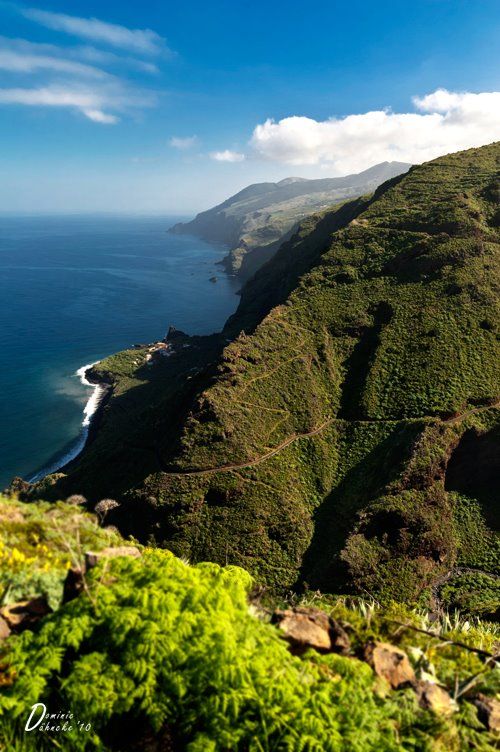
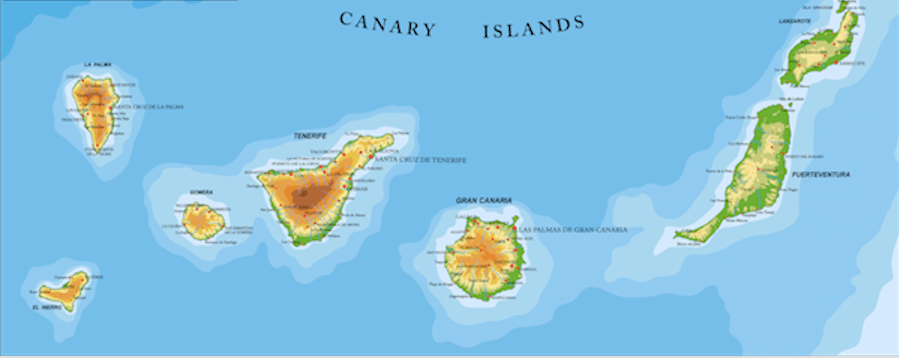 Therefore, instead of a catastrophic landslide being a 1-in-90,000 annual probability event, during an eruption it is more like a 1-in-1500 probability.
Therefore, instead of a catastrophic landslide being a 1-in-90,000 annual probability event, during an eruption it is more like a 1-in-1500 probability.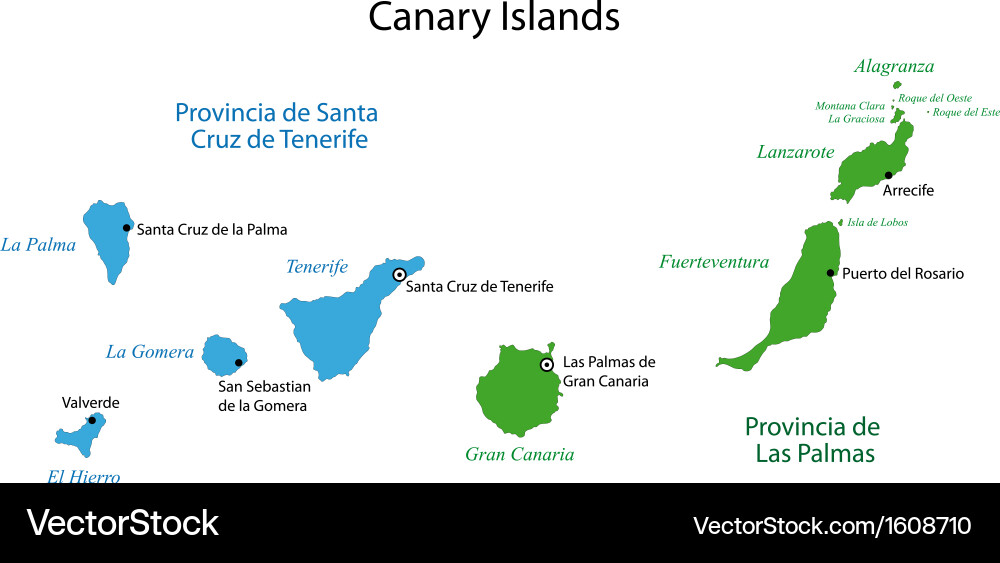 At least in Spain (including the Canary Islands) all the flood, landslide, and eruption losses will be picked up by the national catastrophe perils insurance system: the Consorcio de Compensacion de Seguros..
At least in Spain (including the Canary Islands) all the flood, landslide, and eruption losses will be picked up by the national catastrophe perils insurance system: the Consorcio de Compensacion de Seguros..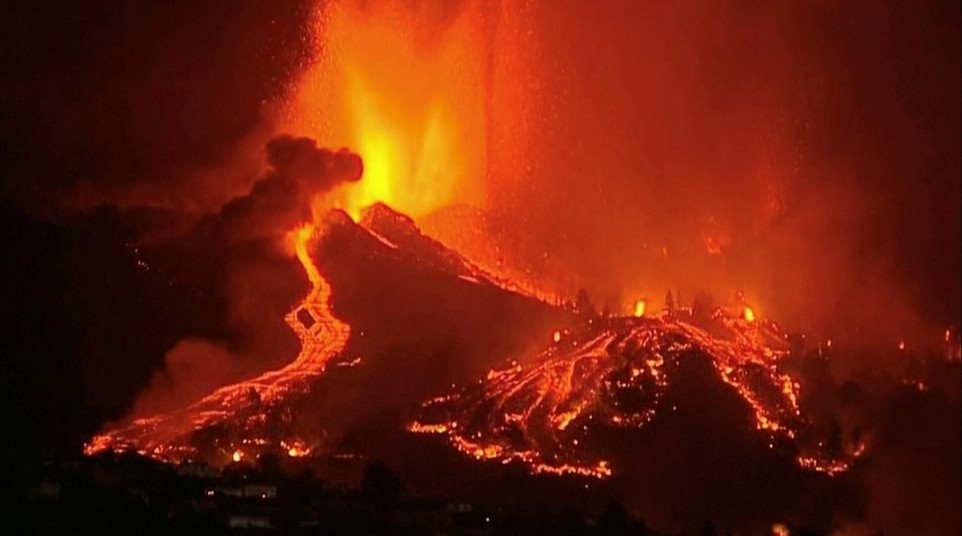
 There may be more months of uncertainty to come.
There may be more months of uncertainty to come.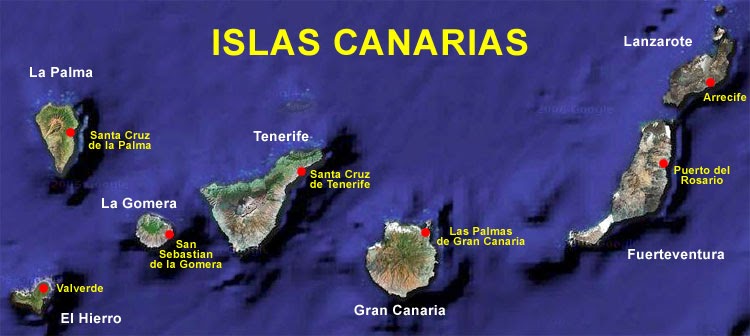 , J. C. Harris, S. T. Grilli, and R. Fabre (2012), Numerical modeling of tsunami waves generated by the flank collapse of the Cumbre Vieja Volcano (La Palma, Canary Islands): Tsunami source and near field effects, J. Geophys. Res., 117, C05030, doi:10.1029/2011JC007646.
, J. C. Harris, S. T. Grilli, and R. Fabre (2012), Numerical modeling of tsunami waves generated by the flank collapse of the Cumbre Vieja Volcano (La Palma, Canary Islands): Tsunami source and near field effects, J. Geophys. Res., 117, C05030, doi:10.1029/2011JC007646. 172 (12): 3589–3616.
172 (12): 3589–3616. G. Masson, M. Canals, A.B. Watts, T.Le Bas
G. Masson, M. Canals, A.B. Watts, T.Le Bas
 An ideal base for stargazers, this
An ideal base for stargazers, this Like a lodge in a
Like a lodge in a

 9 km from Teide National Park and less than a 7-minute walk from the Hermitage of Our Lady of the Snows, offers comfortable accommodation. Guests can enjoy a cozy atmosphere, as well as free parking, a sun terrace and a sauna.
9 km from Teide National Park and less than a 7-minute walk from the Hermitage of Our Lady of the Snows, offers comfortable accommodation. Guests can enjoy a cozy atmosphere, as well as free parking, a sun terrace and a sauna.  Unique location, good amenities. I really liked a good restaurant where I tried Canadian cuisine.
Unique location, good amenities. I really liked a good restaurant where I tried Canadian cuisine.  I had a great bedroom and it had a picturesque view of the ocean. The staff here are hardworking and extremely accommodating.
I had a great bedroom and it had a picturesque view of the ocean. The staff here are hardworking and extremely accommodating. 


 Clean hotel, picturesque location.
Clean hotel, picturesque location.  Gorgeous room with a comfortable bed. The breakfast is hearty and the restaurant staff are friendly. I really enjoyed this romantic hotel.
Gorgeous room with a comfortable bed. The breakfast is hearty and the restaurant staff are friendly. I really enjoyed this romantic hotel. 
 Barometric pressure 1022 mb30.18 in, visibility 10 km6 mi, humidity 63%, uv index 6.
Barometric pressure 1022 mb30.18 in, visibility 10 km6 mi, humidity 63%, uv index 6.
 Barometric pressure 1028 mb30.36 in, visibility 10 km6 mi, humidity 71%.
Barometric pressure 1028 mb30.36 in, visibility 10 km6 mi, humidity 71%. 3 in, visibility 10 km6 mi, humidity 74%.
3 in, visibility 10 km6 mi, humidity 74%. ..
..

 Teguise is amongst the oldest towns … Continued
Teguise is amongst the oldest towns … Continued As you might expect, it has a much more authentic Canarian feel than the tourist resorts found elsewhere on the … Continued
As you might expect, it has a much more authentic Canarian feel than the tourist resorts found elsewhere on the … Continued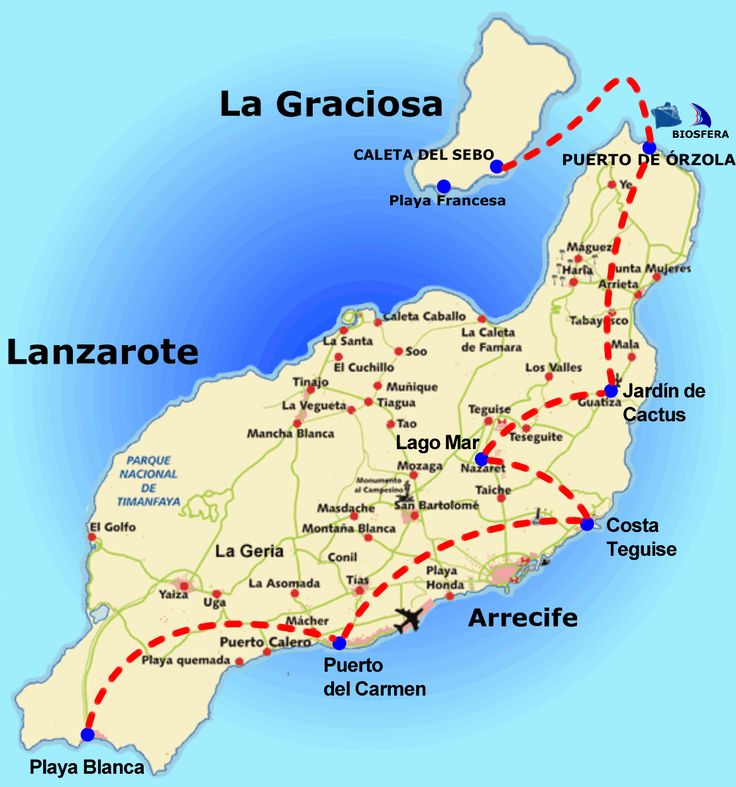 Over thousands of years strange out of this world formations have formed in the rocks, which are still degrading over the time and are constantly changing appearance as a result.
Over thousands of years strange out of this world formations have formed in the rocks, which are still degrading over the time and are constantly changing appearance as a result.